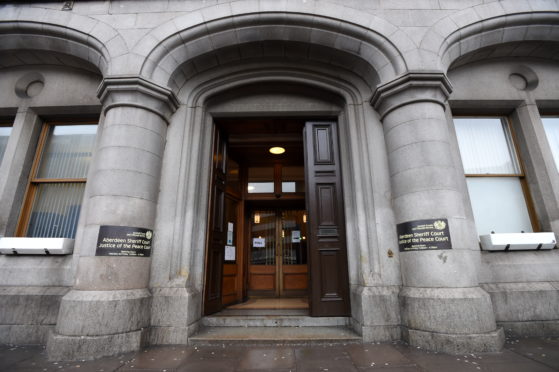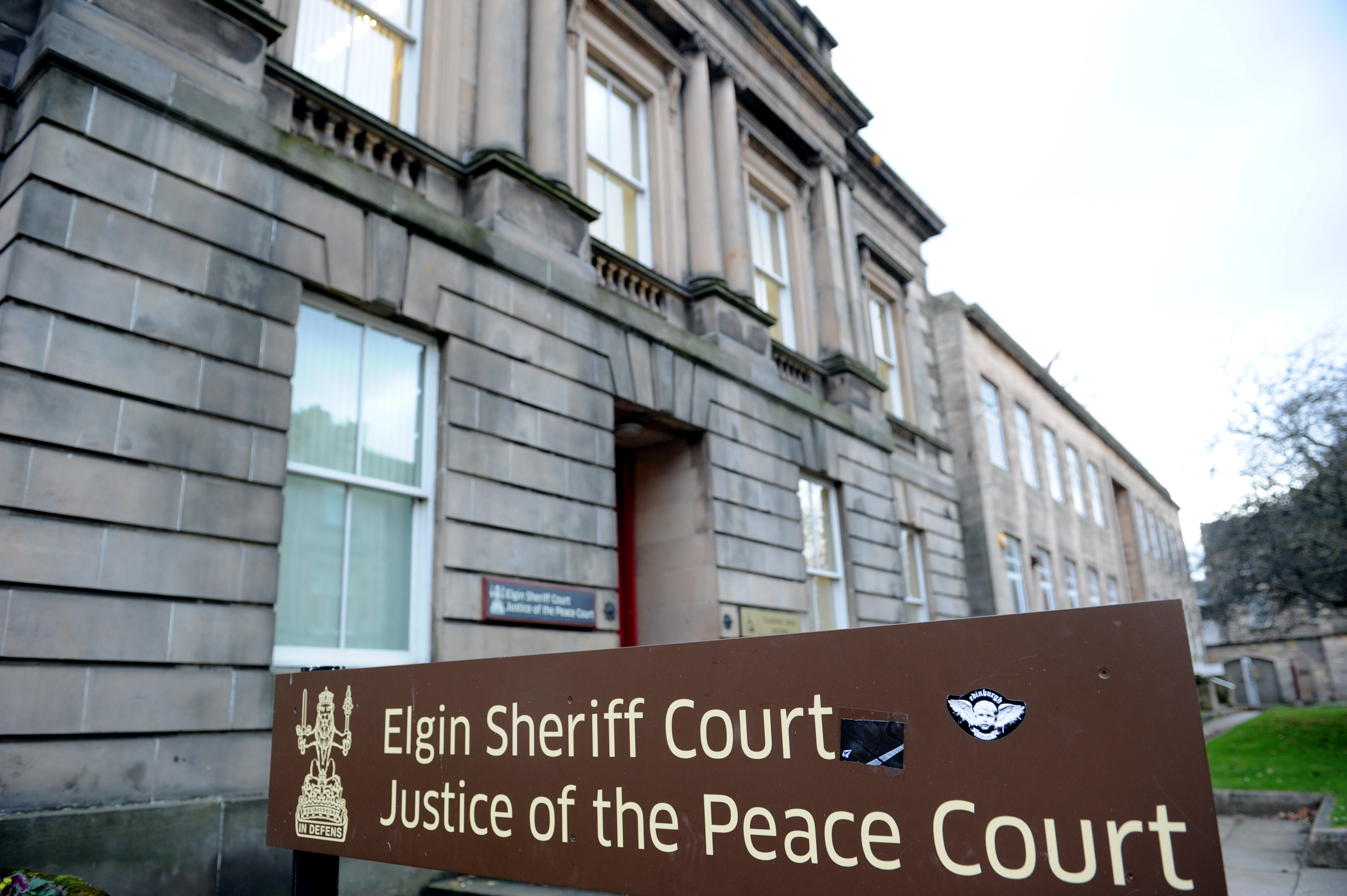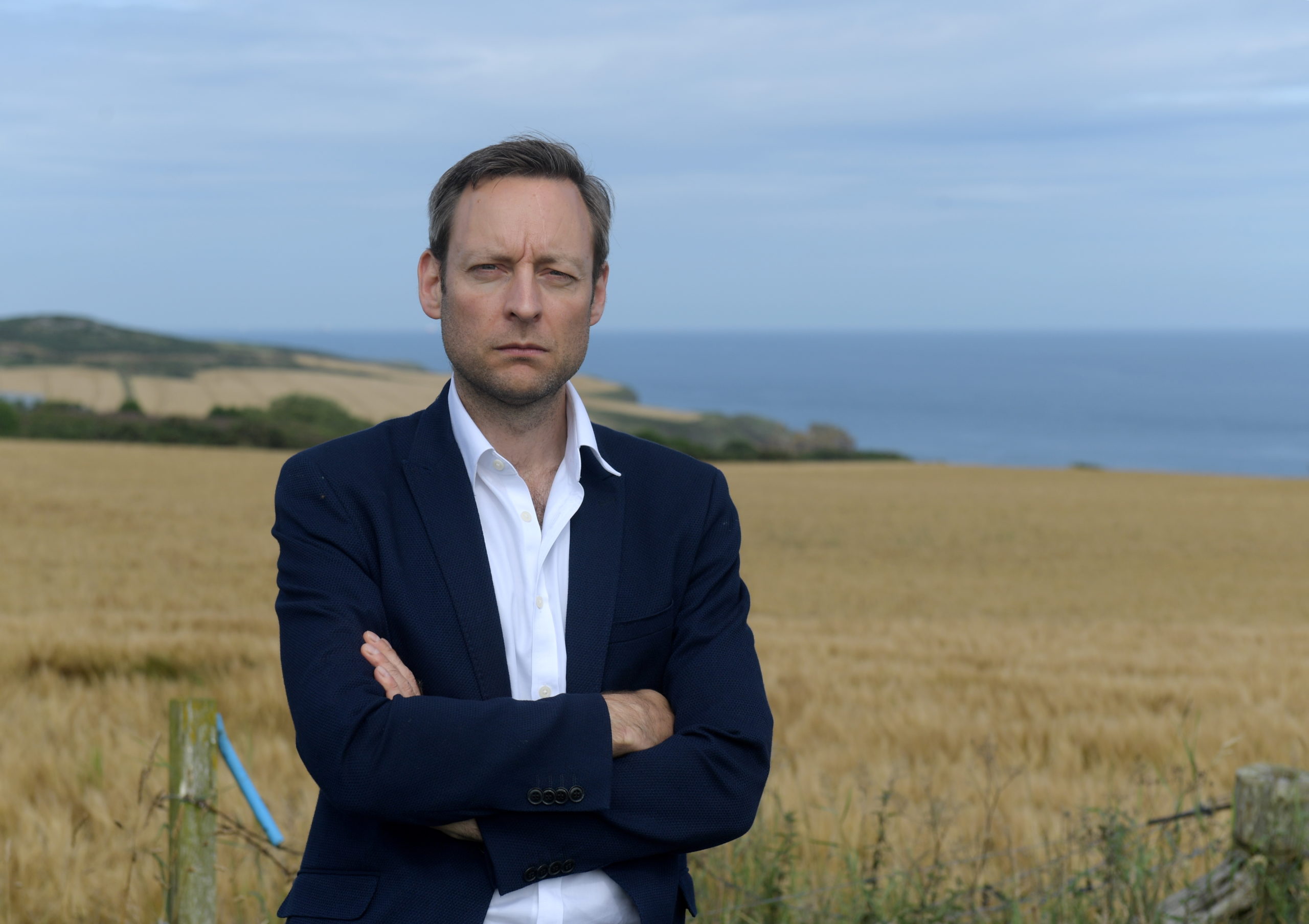More than £1 million was spent on measures to prevent the spread of coronavirus at Scottish courts in the first three months of lockdown.
Figures obtained by the Press and Journal through Freedom of Information legislation have revealed the significant investment made to ensure that the wheels of justice could keep turning.
The Scottish Courts and Tribunals Service (SCTS) is the independent public body in charge of the nation’s judicial buildings from the lofty Court of Session off the Royal Mile in Edinburgh, to High Court venues that deal with the most serious of crimes and sheriff courts in towns across the north and north-east.
The organisation said the government provided no financial backing during the first three months of the pandemic.
And though a Holyrood spokesman argued that millions had since been pledged towards the service, North East MSP Liam Kerr believes that more support should have been offered earlier on in the crisis.
A backlog of cases have been created due to the pandemic and, early on, bosses had to make drastic changes to prepare for proceedings to resume.
Between mid-March and May 31, £65,000 was spent by the SCTS on health and safety and cleaning measures such as additional deep cleaning and purchasing masks, extra disinfectant and hand sanitiser.
A hefty £815,000 was spent on IT, with cash being ploughed into video conferencing, consultancy and equipment licences to “support home working now and in the future”.
And £314,000 was spent on works such as adding signage and stands, employing more security and altering buildings where necessary.
Mr Kerr, the Scottish Conservatives’ shadow justice secretary, last night accused the SNP of showing a “lack of support” in covering the costs.
He said: “It’s positive our courts service has taken these steps since lockdown to ensure the safety and wellbeing of everyone during the Coronavirus pandemic.
“But these figures highlight the financial strain the outbreak has had on the service both in the north-east and across Scotland.
“There are aspects of the justice system – particularly in criminal justice – which have had to try to continue as far as they are able to and this must be acknowledged.
“The lack of support from the Scottish National Party is a complete disservice to the victims of crime at a time where courts are having to deal with a backlog in cases.”
The Scottish Government responded that plenty of funding had been supplied since June.
A spokesman said: “In response to the coronavirus pandemic, Scotland’s justice system has seen a great deal of high quality collaborative work in the courts, which are considering and adopting creative approaches to enable criminal justice and civil business to proceed.
“The Scottish Courts and Tribunals Service (SCTS) received an extra £3m capital from the capital reprioritisation exercise announced by the Cabinet Secretary for Finance last month, and we have always been clear that we will look at any case to provide additional targeted resources to help address the backlog and reduce the impact on victims.”
‘A progressive, desirable and reformed justice system’
The Scottish Courts and Tribunal Service has highlighted the importance of the vast digital investment made over the past three months.
Between April 21 and June 12, a total of 152 hearings were conducted remotely in the Court of Session either by way of video conference or teleconference.
The Lord President, Lord Carloway, explained how the justice system was evolving due to the pandemic.
He said: “At the start of the year, if someone had suggested that in the space of 12 short weeks we would be conducting all Court of Session business through virtual hearings, I would have dismissed the suggestion as an impossibility.
“This would not have been because we lacked the vision and ambition to move to more digital ways of working. That has been our goal for some time now.
“The difference has been simply the speed within which the virtual court has had to be built.
“Our digital services team are to be congratulated for the excellent work which has achieved this change so rapidly.”
He added: “It is a misconception to regard the court as a building. It is not just a physical space. It is a public service.
“Virtual courts and online services should, and now will, be viewed as core components of the justice system, rather than short-term, stopgap alternatives to appearances in the courtroom.
“What will emerge in time will, hopefully, be a progressive, desirable and reformed justice system in which we will all have a role to play.”


